Durandii Clematis – 1 Gallon Pot
$49.97 Original price was: $49.97.$34.98Current price is: $34.98.
SKU: D2LSC 3757544775 Categories: Clematis Vines, VINES & CLIMBERS
- Experience the difference quality makes.
- Buy with Peace of Mind
- Free Shipping, No Compromise on Quality
- High quality products, hassle-free returns.

Durandii Clematis
Clematis x Durandii
Plant Details
USDA Plant Hardiness Zones: 5a-9b Find Your Zone
Plant Type: Flowering Vine
Height or Length at Maturity: 3-4′ naturally; can be trained to climb up to 9′
Width at Maturity: 4-5′
Spacing: 3-4′ apart to cover fences
Spacing: 3-4′ apart to cover fences
Growth Habit / Form: Dense, Mounding, Sprawling
Growth Rate: Moderate to Fast
Flower Color: Variable from Indigo to Periwinkle Blue to Lavender-Blue
Flower Type: Single
Flower Size: 4-5″
Flowering Period: Early Summer well into Fall!
Flowering Period: Early Summer well into Fall!
Fragrant Flowers: No
Foliage Color: Green
Fragrant Foliage: No
Sun Needs: Full to Mostly Sun, Part Shade, All Day Lightly Filtered Sun
Water Needs: Average
Soil Type: Clay (Amend heavy clay to ensure good drainage), Loam, Sandy, Silt
Soil Drainage: Moist but Well Drained
Soil pH: 5.5 – 7.0
Maintenance / Care: Low
Pruning Group: 3
Attracts: Butterflies, Hummingbirds, Beneficial Pollinators, Visual Attention
Resistances: Deer, Disease, Heat, Humidity, Insect, Black Walnut
Description
First introduced in 1870, the ‘Durandii’ Clematis is an oldie-but-goodie that has stood the test of time for good reasons. It is one of the most entertaining of Clematis, regarded with affection by anyone who grows it and highly recommended by collectors. It is very hardy and easy to grow, unique in both foliage and flower, longer-blooming than most clematis, and is one of the best for cutting and use in floral arrangements. From late spring or early summer well into fall, this non-vining beauty produces a profusion of 3 to 4 inch flowers with 4 to 6 vibrant indigo to lavender-blue pointed petals surrounding contrasting light yellow anthers. A fine selection for growing in pots, planters and other containers or allowed to meander among roses and small to mid size shrubs. That said, with support such as trellis or fence, it can be trained to climb upwards of 7 feet high.
As for its history, the plant was introduced by Durand Fréres in 1870, and is said (though this has been disputed) to have resulted from a cross between C. integrifolia and C. × jackmanii.
Landscape & Garden Uses
Growing naturally 3 to 4 feet tall and equally as wide, or trained to grow up to 9 feet high and spreading 4 to 5 feet or more wide, the Durandii Clematis is ideal for use as a specimen or in groupings in landscape and perennial borders or can be trained to climb short trellises, mailbox post, obelisks, and other structures. Excellent nestled among roses and other flowering shrubs, especially ones that produce pink or yellow flowers. Also a fine selection for growing in pots, planters or tubs that can be situated on patios, decks and around other outdoor living spaces where the amazing flowers can be viewed from close up. A fine addition to Clematis gardens, blue theme gardens, cut flower gardens, and cottage gardens.
Suggested Spacing: 3-4 feet apart to cover fences, trellises, and walls
Growing Preferences
This Clematis is easy to grow in a moist but well-drained soil of average fertility and full sun to part shade. Though it tolerates dry periods when established, it will appreciate an occasional watering in prolonged periods of dry weather. Make sure not to plant this one too deep as it tends to smother the plant. See pruning instructions just below.
Clematis Pruning Group 3
Clematis in Group 3 consist of late-flowering species that bloom from mid-summer into fall. This group flowers on the last 2 to 3 feet of the current season’s growth (new wood). They are easy to prune because you do not need to maintain any old wood. In February or March, cut each stem to a height of 1 or 2 feet. Although you will be removing good stems and buds, this treatment keeps these vigorous growers in bounds. If not pruned, these vines will quickly become a mass of old diseased woody stems producing very few flowers. Always make sure to leave two good buds below where you make your cut. New growth will emerge from these buds to produce the current seasons vines and blooms.
Helpful Articles
Click on the link below to find helpful advice from our experts on how to plant and care for Clematis vines
How To Plant A Clematis
How To Prune A Clematis
Plant Long & Prosper!
Questions? Contact Us!
Item received in growth stage on small trellis, safely packed and ready to go. Can’t wait to see what this beauty will bring!!—————————————————————-We are so glad you are pleased and we hope you enjoy it for years to come! Thanks for the great review! 🙂 Beth Steele | WBG
Be the first to review “Durandii Clematis – 1 Gallon Pot” Cancel reply
Related products
Sale!
Clematis Vines
Sale!
Clematis Vines
Sale!
Clematis Vines
Sale!
Clematis Vines
Sale!
VINES & CLIMBERS
Sale!
Clematis Vines
Sale!
Clematis Vines
Sale!
Clematis Vines























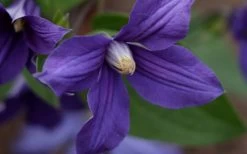









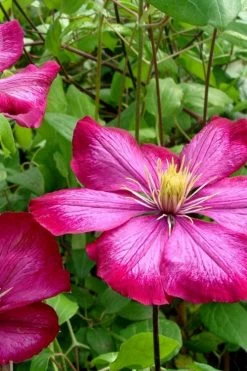
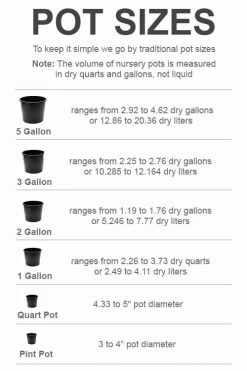
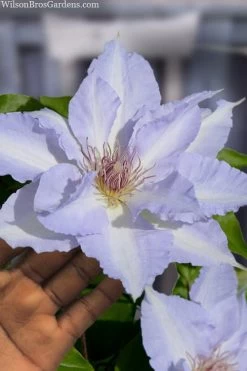


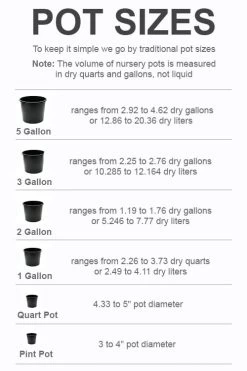
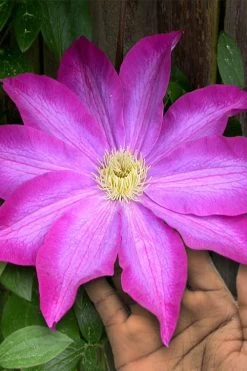

Reviews
There are no reviews yet.